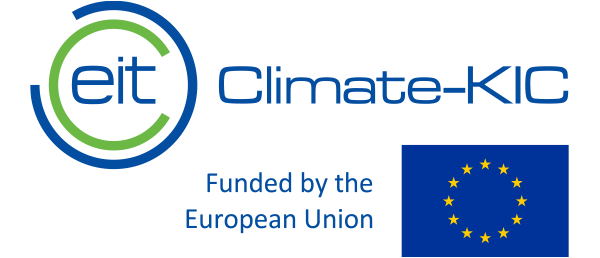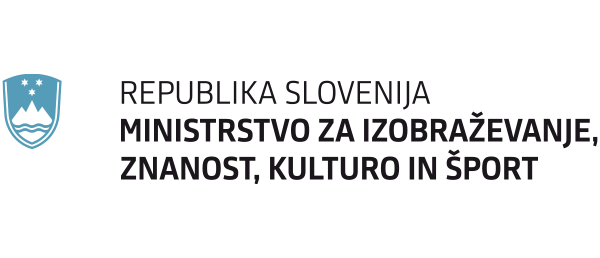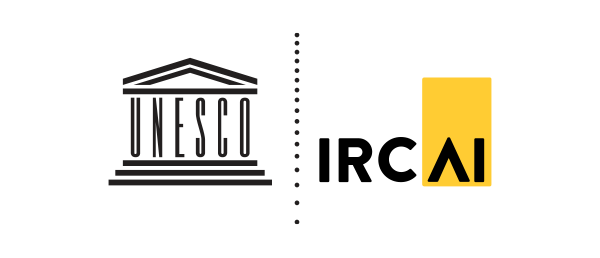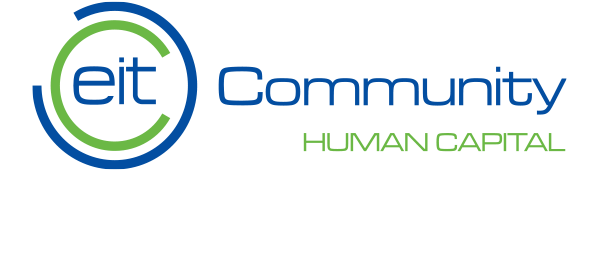
Reduction of social media time
Spending time on social media is especially problematic for teenagers and children. We don't train our brain, when we use social networks, we mostly waste our time without any benefit. So we try to motivate or get people to take a little distraction from social networks.

Team: BRAINBREAK
Team members
Clara Zumbiel, Ernst Nazarov, Maximilian Huppertz, Awedis Mosoyan, Jay Wegner, Sidney Schrijver, Benjamin Kuschel, Ahmad Dardiry, Cem-Jonas Peköz, Kevin Assaf, Bertan SönmezMembers roles and background
/
Contact details
Solution description
Our final tool is an advanced learning system in combination with a reward system. This will make a big impact in the future where social media and other allday online distractions will probably increase massively. With our tool we hope to limit the distraction by time restrictions which can either be set by yourself, adults or other individuals or through an analysis which determines the perfect time restriction for you. Your time limit will be removed once you have completed a test category.
Ways of usage:
Our tool will upgrade online education massively because it is inevitable then.Online education will be performed actively to accomplish an upgrade of any possible restriction, which will lead to more concentration while working which then will possibly lead to a growing interest in exercises.
Solution context
There could be a conflict in the blocking time of the messenger WhatsApp, as possibly relevant topics for school, university or work have to be discussed and basically have to be accessible throughout the whole day. In addition the problem we are facing is that a lot of people are too addicted to put their device away so they spend hours for hours on social media and are not learning. With our product the problem is solved because you can only go on social media if you answer the questions. So you also get a reward when you learn.
The most important thing was to understand that the connection between decreased intelligence and more time on social networks is direct! From the course of mathematics and other exact sciences, we know that the more complex the algorithm, the more load is put on the processor in the computer to calculate the data. Our brain is also designed; the more neurons are involved in the thought process, the smarter we become.
Solution target group
Our target audience covers a broad spectrum, but exclusively smartphone users with access to certain social media applications. These include Facebook, Instagram, TikTok, Snapchat, Twitter as well as WhatsApp Messenger, which possibly takes up the most screen time. Our solution can be used for motivation as well as by parents for their children. Although a 14-year-old teenager and a first-year university student is a huge difference. So, we came up with the idea of creating an application, having installed which you need to pass a mini test to determine the strengths and weaknesses of intelligence and choose an age group.
Solution impact
The regular blocking time of social media apps improves the attention span of every smartphone user. Likewise, the user can create a possibility to evoke an activation of certain brain regions again through intelligent tasks. Through the lock time, the user experiences a break or trains his brain on a certain level - this could be seen as a break and / or as a promotion of the brain and mental well-being, so to speak.
Solution tweet text
Increased depressive moods, feelings of worthlessness and recurring suicidal thoughts? Exactly. These are the effects of an overuse of social media. Come on, give your brain a break - well - or give it some good challenges for a while. Our solution is YOUR solution!Solution innovativeness
Currently, there are many parental controls that completely block Internet access or completely turn off the device after a certain period of use. Our solution is innovative because it not only leads to more thoughtful consumer behavior through reward thinking, but also supports the learning process.
Solution transferability
In case of our software this idea can be also transferred to other life situations. For example if you are an eldery person the app could show or tell you how many steps you walked a day and how much you need to walk to achieve your goal. So the benefit you have after you achieve the goal is e.g. first you physical and your mental health will increase. Another idea could be in the section of marketing. So the app reminds you e.g. to answer questions for products. And after you answer a few of the questions, the benefits you have are sales or free products. So the company can see which categories of things you like or dislike. So they get more user experience for their products. The app would be good for small businesses because those normally do not have a lot of user data they can use to optimise their products.
Solution sustainability
The plan on how to implement our idea in a midterm is to specify the categories we want to teach. Also the goal is to categorize different target groups e.g. for students, children and parents to optimize the user experience. Although we want to show society also the dilemma of social media. So that a lot of people can relate and learn how to fix the problem of social media addiction coherent with procrastination. The long term goal is that people understand and use our system to improve their skills in different aspects. To achieve this we need to clarify our intentions not only for the younger generation but also for the older generation so they can also use the software for them or to use them with their children. To achieve the mid and long term goals we need a big team of designers, engineers and also marketing employers. In addition, online marketing would be the key to achieve our goal to normalize our solution for society. Consistency in the process also plays a huge role. A beginner becomes a master, and an amateur pro only in the process of work, so the second point is to find a way to constantly repeat the learning process at regular intervals
Solution team work
First, we created a WhatsApp group with all the participants. In total we have 11 participants. Our first meeting took place on the Discord platform, where we discussed the basic idea again and divided the different tasks among us. On the same day, 5 hours later, we met again for a second meeting on Discord to look at the results and to round everything up again together. When you work in a team on a topic, it is very important that you do not lose the red thread.
Links
* Climate-KIC publishes the proposed solutions developed during the DigiEduHack event solely for the purposes of facilitating public access to the information concerning ideas and shall not be liable regarding any intellectual property or other rights that might be claimed to pertain to the implementation or use any of the proposed solutions shared on its website neither does it represent that it has made any effort to identify any such rights. Climate-KIC cannot guarantee that the text of the proposed solution is an exact reproduction of the proposed solution. This database is general in character and where you want to use and develop a proposed solution further, this is permitted provided that you acknowledge the source and the team which worked on the solution by using the team’s name indicated on the website.







